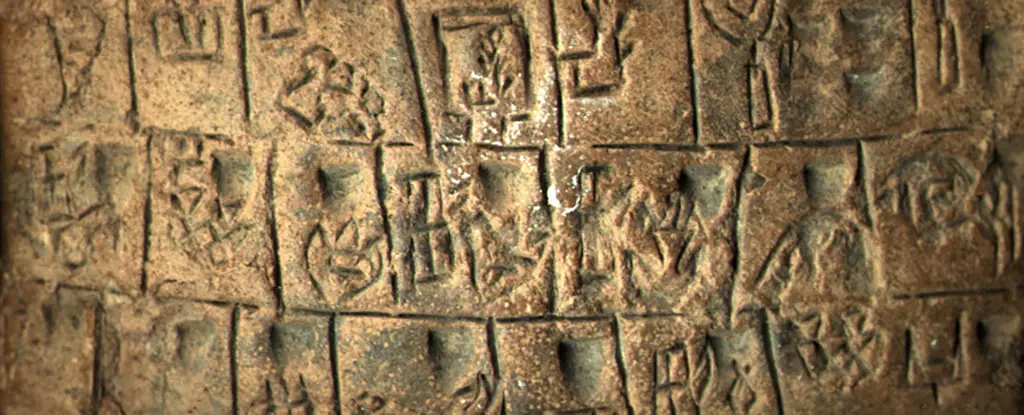The advent of writing marked a watershed moment in human history, serving as a pivotal tool for communication that transformed societies. Although writing has been part of human civilization for tens of thousands of years, the precise transition from primitive forms of visual representation to structured writing systems remains a topic of ongoing research and debate. A fascinating new study by a team at the University of Bologna sheds light on this development by connecting the dots between ancient Mesopotamian cylinder seals and a precursor known as proto-cuneiform. This study not only enriches our understanding of the beginnings of writing but also provides insight into early human cognitive abilities.
Cylinder seals were small, cylindrical objects, typically made of stone, that were engraved with intricate designs. They played a significant role in the bureaucratic processes of ancient Mesopotamia, serving as a form of signature and a means of identifying ownership and authority. Long before the advent of written language, these seals enabled early societies to convey simple yet essential information. Researchers like philologist Silvia Ferrara have investigated how the imagery present on these seals might have contributed to the early conceptualizations of written symbols.
Ferrara’s emerging question—whether the visuals on cylinder seals influenced the creation of writing—opens a new frontier of inquiry into the cognitive and cultural shifts that prompted the most significant leap in communication technology.
The study meticulously analyzed a selection of cylinder seals from the proto-literate period, a time before established writing systems emerged. By comparing seal designs with proto-cuneiform signs, researchers observed remarkable correspondences. For example, symbols depicting woven materials were strikingly similar in form to the representations of weaving seen on seals. This link suggests that these ancient artistic expressions were more than mere decoration; they were fundamental elements in the nascent stages of language development.
Crucially, the researchers point out that these visual similarities were not accidental. Instead, they indicate a cognitive process where people began to associate particular visual cues with specific concepts, paving the way for a more sophisticated symbolic system.
Proto-cuneiform emerged as an innovative accounting system, primarily used for tracking agricultural production and trade within an increasingly complex economic landscape. Before the establishment of a standardized writing system, cylinder seals fulfilled a parallel function, enabling societies to document transactions and ownership through the physical act of impressing images into clay tablets. Thus, the early stages of proto-linguistic systems were deeply intertwined with practical economic activities.
The groundbreaking findings from the University of Bologna present compelling evidence that these seals were instrumental in the transition from pre-writing to writing. The relationship between visual imagery and proto-cuneiform not only illustrates the evolution of these cognitive tools but also emphasizes the integral role of culture in shaping language.
Silvia Ferrara’s research emphasizes a significant cognitive leap: the transition from abstract visual symbols to a structured writing system. This leap marked a defining moment in human cognition, allowing for the communication of increasingly complex ideas. The ability to represent abstract concepts through written symbols enabled societies to advance in knowledge and culture, bridging the divide between prehistory and recorded history. The incorporation of visual representations from seals into writing underscores how early humans relied on their rich artistic traditions to develop a new mode of expression.
The investigation into the relationship between ancient cylinder seals and proto-cuneiform does more than just unravel the mysteries of early writing; it offers profound insights into the interplay between art, culture, and language. Understanding these fundamental cognitive developments reminds modern society of the intricate ways in which communication has evolved. This blend of historical insight and human ingenuity continues to shape how we comprehend and record our world in the present day, revealing the timeless nature of our quest to share ideas and narratives through various mediums.

Leave a Reply